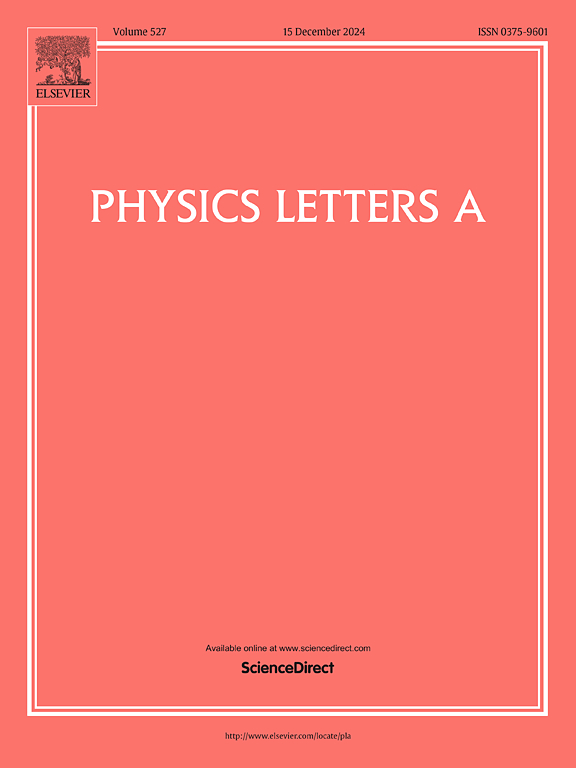D:A1:A2三元有机太阳能电池受体分子设计的机器学习理论
IF 2.6
3区 物理与天体物理
Q2 PHYSICS, MULTIDISCIPLINARY
引用次数: 0
摘要
三元有机太阳能电池(OSCs)的有效开发受到体积异质结中第三组分优化实验的繁琐和分子化学空间的巨大制约。在此,我们构建了479个D:A1:A2三元osc数据集,机器学习模型采用优化调整后的随机森林模型(RF),具有较好的精度。根据构建的数据集中不同的供体和受体,重构了1347,357个D:A1:A2三元osc,预测PCE高达18.59%,对应于PBDB-TF:L8-BO:bi-asy-YC12。从构建的高PCE数据集中筛选出5种高效A2分子,通过切割重组产生76种新的A2分子,并与2种高效供体和3种A1受体结合,生成456种D:A1:A2三元osc。其中,PCE大于18.50%的三元osc有31组。该工作为三元osc的发展提供了有效的理论指导。本文章由计算机程序翻译,如有差异,请以英文原文为准。
Machine learning theory for acceptor molecular design of D:A1:A2 ternary organic solar cells
The exhaust and tedious experiment for optimizing third component in bulk-heterojunction and huge chemical space of molecules hider the effective development of ternary organic solar cells (OSCs). Herein, we constructed dataset of 479 D:A1:A2 ternary OSCs, and the machine learning model adopted the optimized and adjusted random forest model (RF) with good accuracy. Based on different donors and acceptors in the constructed data set, 1347,357 D:A1:A2 ternary OSCs were reconstructed, with a predicted PCE of up to 18.59 %, corresponding to PBDB-TF:L8-BO:bi-asy-YC12. Five kinds of efficient A2 molecules were selected from the constructed high PCE data set, and 76 new A2 molecules were generated by cutting and recombining them, and combined with 2 efficient donors and 3 A1 acceptors, 456 D:A1:A2 ternary OSCs were generated. Among them, there are 31 groups of ternary OSCs with PCE greater than 18.50 %. This work provides effective theoretical guidance for the development of ternary OSCs.
求助全文
通过发布文献求助,成功后即可免费获取论文全文。
去求助
来源期刊

Physics Letters A
物理-物理:综合
CiteScore
5.10
自引率
3.80%
发文量
493
审稿时长
30 days
期刊介绍:
Physics Letters A offers an exciting publication outlet for novel and frontier physics. It encourages the submission of new research on: condensed matter physics, theoretical physics, nonlinear science, statistical physics, mathematical and computational physics, general and cross-disciplinary physics (including foundations), atomic, molecular and cluster physics, plasma and fluid physics, optical physics, biological physics and nanoscience. No articles on High Energy and Nuclear Physics are published in Physics Letters A. The journal''s high standard and wide dissemination ensures a broad readership amongst the physics community. Rapid publication times and flexible length restrictions give Physics Letters A the edge over other journals in the field.
 求助内容:
求助内容: 应助结果提醒方式:
应助结果提醒方式:


